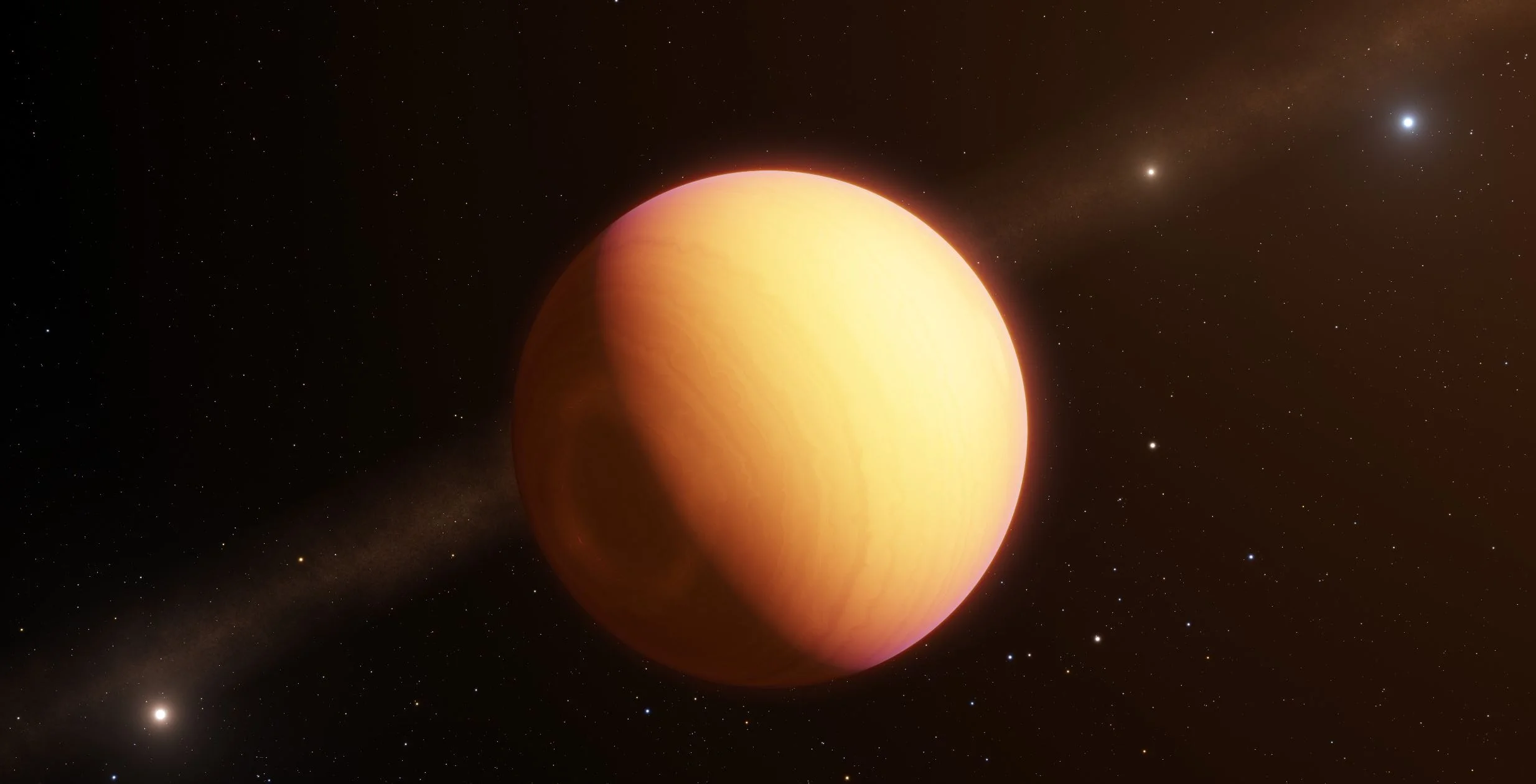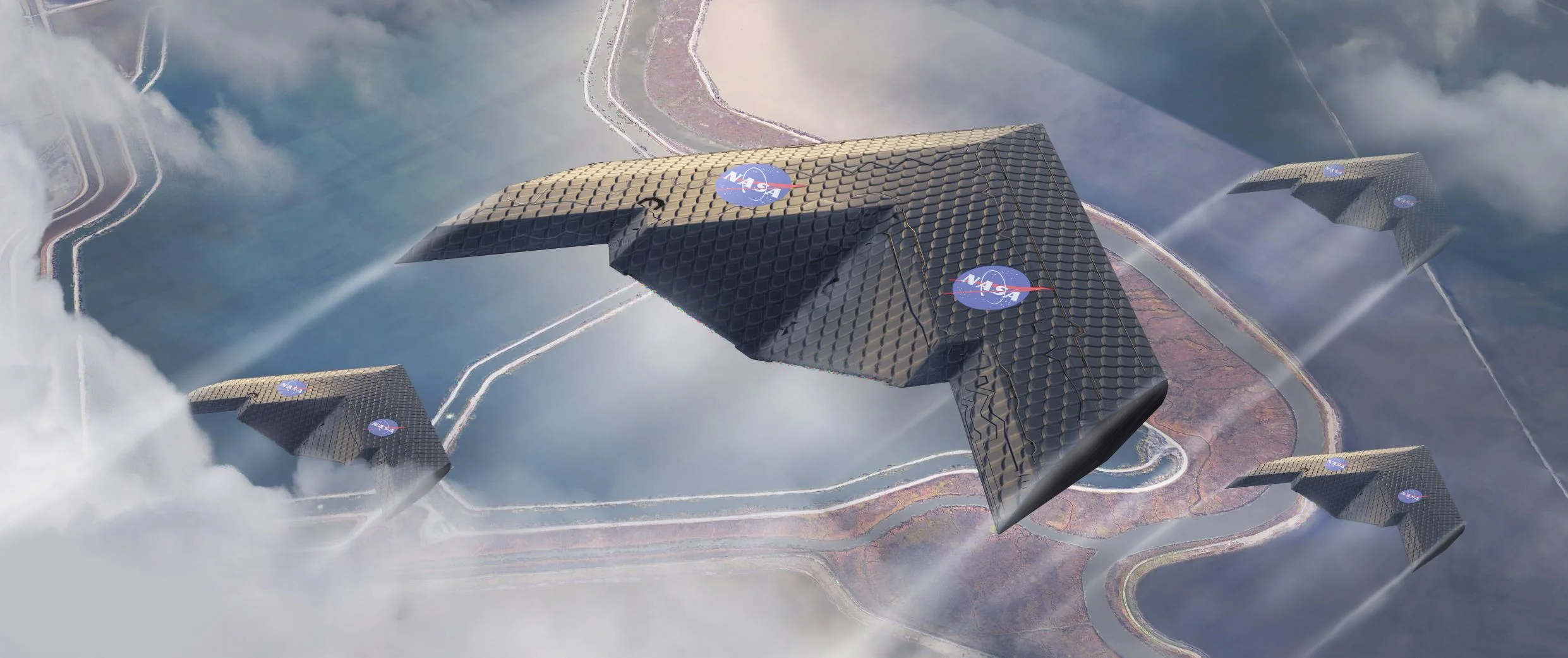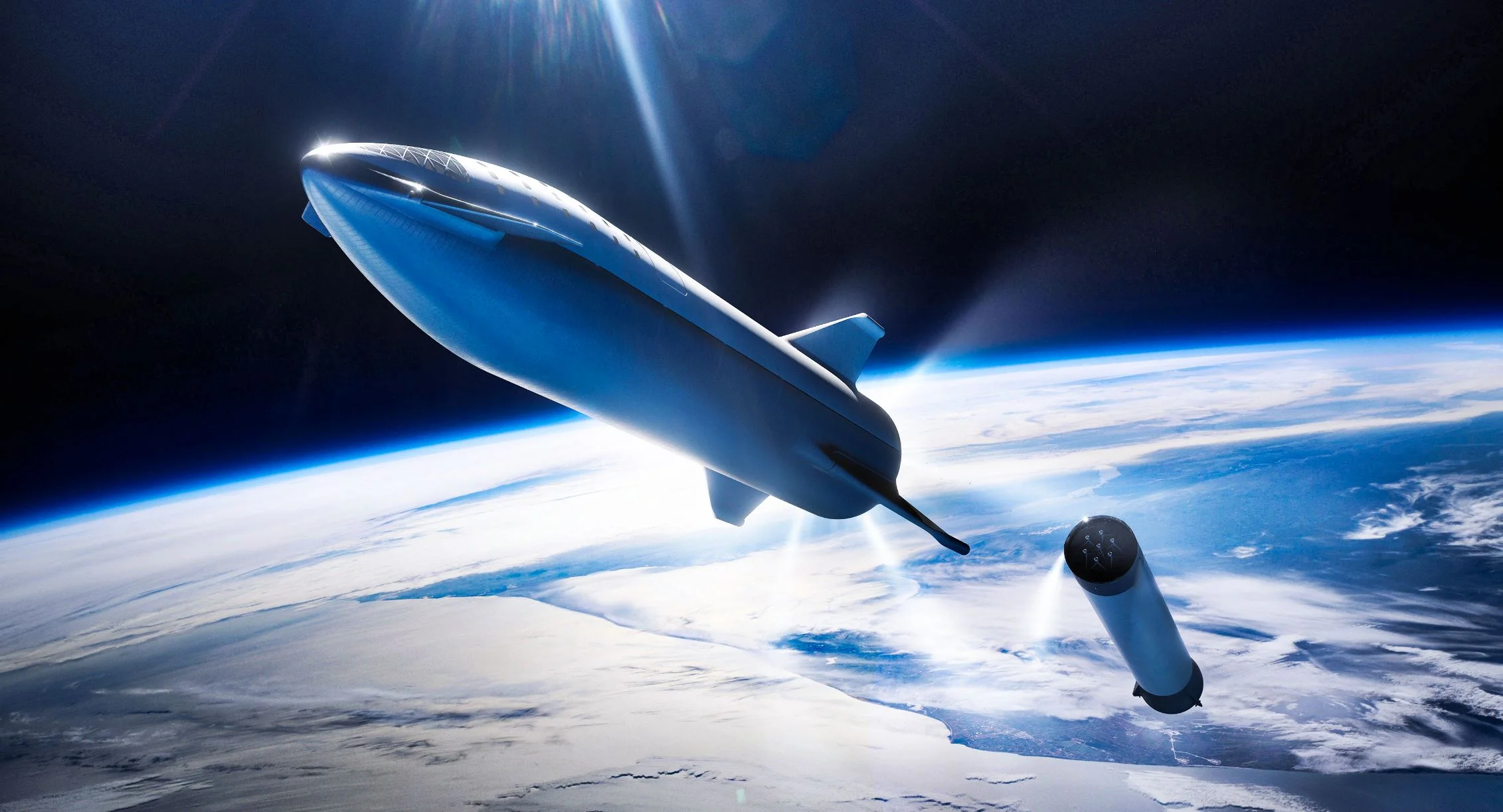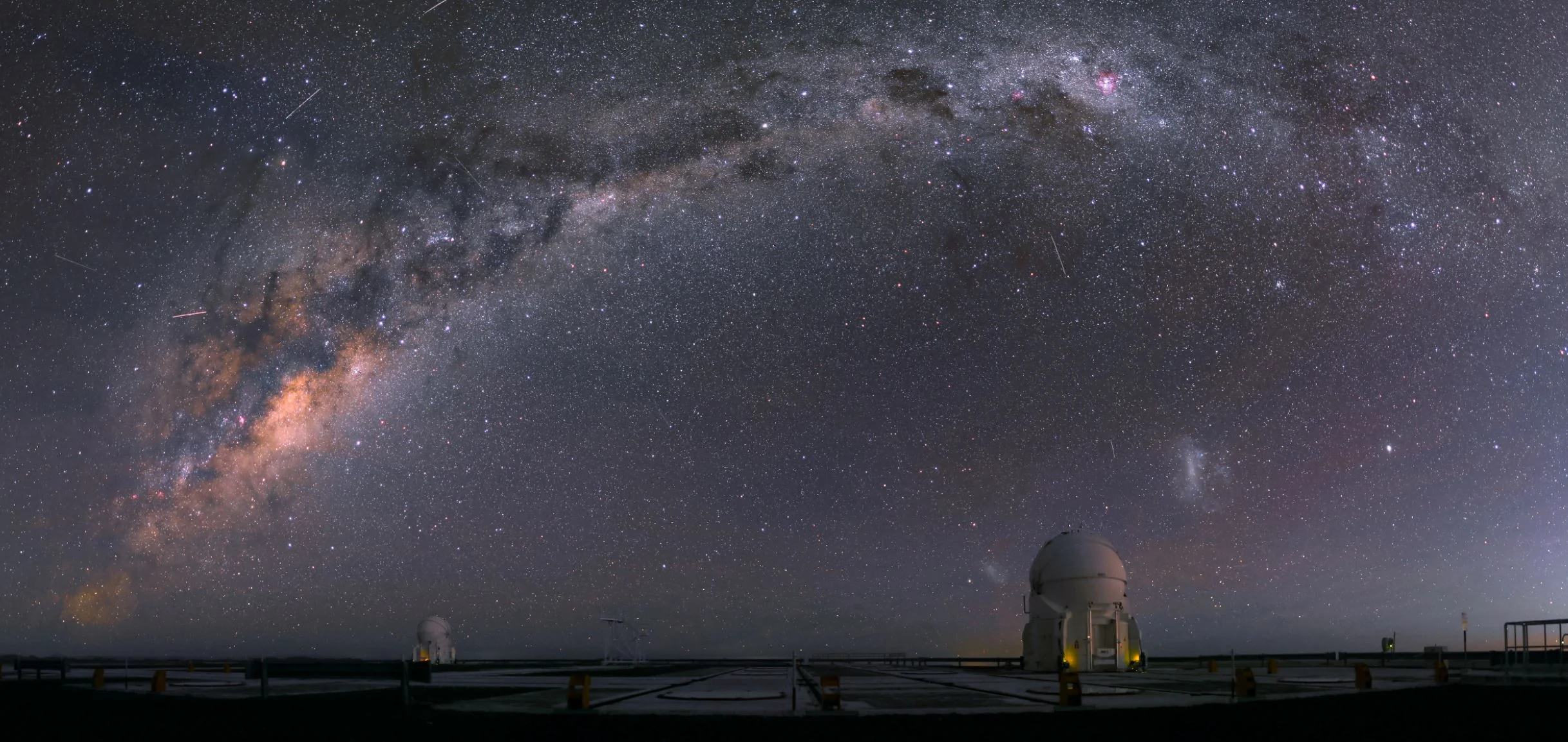We’ve finally got our first optical look at an exoplanet and its atmosphere, and boy is it a strange place. The planet is called HR8799e, and its atmosphere is a complex one. HR8799e is in the grips of a global storm, dominated by swirling clouds of iron and silicates.
NASA's Cassini Finds Saturn's Rings Coat Tiny Moons
New findings have emerged about five tiny moons nestled in and near Saturn's rings. The closest-ever flybys by NASA's Cassini spacecraft reveal that the surfaces of these unusual moons are covered with material from the planet's rings — and from icy particles blasting out of Saturn's larger moon Enceladus. The work paints a picture of the competing processes shaping these mini-moons.
MIT and NASA engineers demonstrate a new kind of airplane wing
Methane on Mars: a new discovery or just a lot of hot air?
The discovery of life on Mars would get pretty much everyone excited. But the scientists hunting for it would probably be happy no matter what the outcome of their search – whether life turned out to extinct, dormant or extant. They’d even consider finding no evidence of life whatsoever to be an important discovery. But, as the saying goes, absence of evidence is not evidence of absence, and it will take many decades of detailed exploration of Mars to be reasonably sure that life has always been absent there.
Hubble Spots Flock of Cosmic Ducks
Rivers on Mars Flowed for More Than a Billion Years
The ancient climate of Mars is a mystery to scientists. Even with all we’ve learned about Mars, it’s still difficult to explain how lakes and rivers existed. A new study shows that Martian rivers were swollen with runoff and that they flowed far later into the planet’s history than previously thought.
SpaceX Releases a New Render of What the All-Steel Starship Will Look Like Returning to Earth
The design for SpaceX’s Starship (aka. Big Falcon Rocket) is really starting to come together! Over the holidays, sections of the Starship Hopper (a miniature version of the Starship) were photographed being put together at the company’s South Texas Launch Site. By mid-January, the parts were fully-integrated, forming the body of the stainless-steel prototype that would test the spacecraft’s overall architecture.
GRAVITY instrument breaks new ground in exoplanet imaging
Hubble Watches Spun-Up Asteroid Coming Apart
Apollo 11 brought a message of peace to the Moon - but Neil and Buzz almost forgot to leave it behind
“How about that package out of your sleeve? Get that?” is certainly not the most famous phrase uttered by a human while on the Moon. And the items nestled in a small packet that astronaut Buzz Aldrin had stowed in the pocket just below the shoulder of his extravehicular mobility unit were certainly not mission critical. They were sentimental objects, intended to be left on the Moon purely for symbolic and commemorative purposes.
Hubble Tracks the Lifecycle of Giant Storms on Neptune
In 1989, NASA’s Voyager 2 zipped past Neptune—its final planetary target before speeding to the outer limits of the solar system. It was the first time a spacecraft had visited the remote world. As the craft zoomed by, it snapped pictures of two giant storms brewing in Neptune’s southern hemisphere. Scientists dubbed the storms “The Great Dark Spot” and “Dark Spot 2.”
Grab a bit of asteroid Bennu? Not so fast
Hubble Captures the Brilliant Heart of a Massive Galaxy
This fuzzy orb of light is a giant elliptical galaxy filled with an incredible 200 billion stars. Unlike spiral galaxies, which have a well-defined structure and boast picturesque spiral arms, elliptical galaxies appear fairly smooth and featureless. This is likely why this galaxy, named Messier 49 (M49), was discovered by French astronomer Charles Messier in 1771. At a distance of 56 million light-years and measuring 157,000 light-years across, M49 was the first member of the Virgo Cluster of galaxies to be discovered, and it is more luminous than any other galaxy at its distance or nearer.
Jupiter Marble
The Incredible Challenge of Landing Heavy Payloads On Mars!
CERN: Study sheds light on one of physics’ biggest mysteries – why there’s more matter than antimatter
NASA’s Fermi Satellite Clocks ‘Cannonball’ Pulsar Speeding Through Space
Astronomers found a pulsar hurtling through space at nearly 2.5 million miles an hour — so fast it could travel the distance between Earth and the Moon in just 6 minutes. The discovery was made using NASA’s Fermi Gamma-ray Space Telescope and the National Science Foundation's Karl G. Jansky Very Large Array (VLA).
Jupiter’s Great Red Spot: A 300-year-old cyclone persists but is shrinking
The Great Red Spot, a storm larger than the Earth and powerful enough to tear apart smaller storms that get drawn into it, is one of the most recognizable features in Jupiter’s atmosphere and the entire solar system. The counterclockwise-moving storm, an anticyclone, boasts wind speeds as high as 300 miles per hour. This prominent feature, observed since 1830, and possibly as far back as the 1660s, has long been a source of great fascination and scientific study.
SpaceX Tests the Starship’s Hexagonal Heatshield. Starhopper Tests Could Come as Early as This Week!
NASA Mission Reveals Asteroid Has Big Surprises
A NASA spacecraft that will return a sample of a near-Earth asteroid named Bennu to Earth in 2023 made the first-ever close-up observations of particle plumes erupting from an asteroid’s surface. Bennu also revealed itself to be more rugged than expected, challenging the mission team to alter its flight and sample collection plans, due to the rough terrain.


















